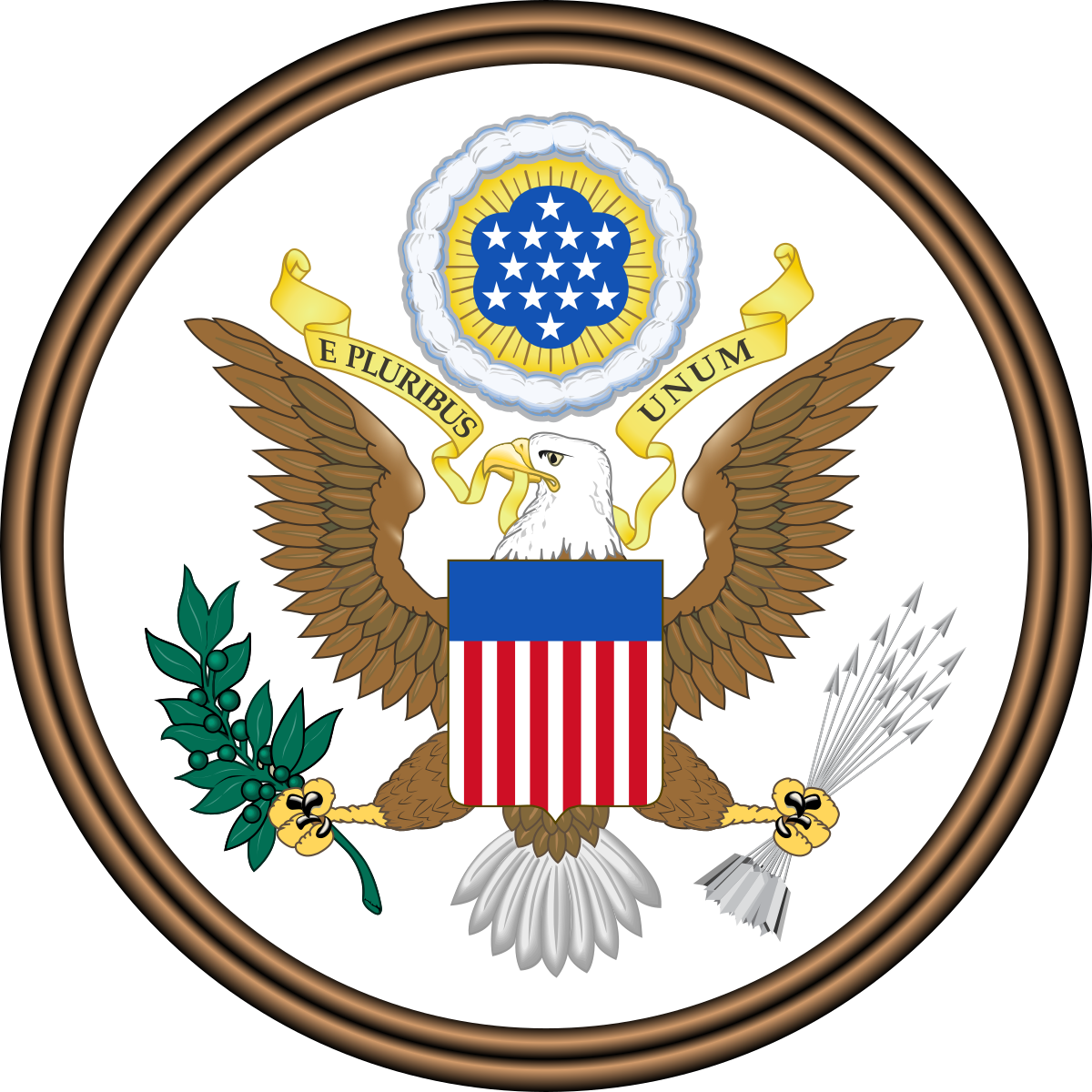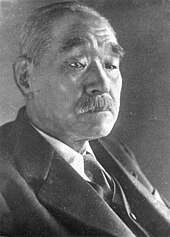Breh, I literally quoted 23 of the exact leaders with their exact statements, and your only response to to copy-paste the claim of a no-name right-wing historian and say we should take his word for it?
You can quote all the “leaders” you want. George Patton wanted to invade the USSR. MacArthur wanted to nuke China. They are grunts whose job it is to obey their commander and chief who has far more intelligence available to him. The fact you call an historian “no name” shows how much you know about the subject of history and how information is researched.
This is all you have because you can’t formulate an argument yourself or provide any academic research into Soviet, Japanese or American intelligence channels because there aren’t any that support your argument and if you attempt to I will destroy it.
The historical evidence based of peer reviewed study by historians and information unavailable to anyone but the upper echelons of US, Soviet and Japanese military command points to the Japanese not being willing to surrender on terms sufficient for their genocidal crimes and the fact the Soviets were lying to them the whole time and never intending to negotiate a surrender less than the terms agreed upon by the allies
Again you are willfully ignoring copious evidence that I have posted showing the internal communications of the Japanese leadership and the U.S. having these communications on tap and responding accordingly. You attempted to say the Soviets were potentially going to negotiate a peace. I would call you a liar but we both know you don’t have the historically intellect to lie, you are just undereducated and ignorant of the facts.
Here another historians take on things
Did the Japanese offer to surrender before Hiroshima? (Part 1)
by
Alex Wellerstein, published May 2nd, 2022
This is part one of a series of two posts on this topic.
Click here for part two.
One of the most common invocations made in the service of “the atomic bombs weren’t necessary” argument is that the Japanese offered to surrender well before Hiroshima, and that this was ignored by the United States because they wanted to drop the bombs anyway (for various other asserted reasons). It’s one of those things that has a
grain of truth to it, but without a heaping of context and interpretation is misleading by itself.
The Suzuki Cabinet, who held the fate of Japan in their hands in the summer of 1945. Photograph is from June 9, 1945. Prime Minister Kantaro Suzuki is front and center. Of note, second to Suzuki’s left, looking downward and glum, is Navy Minister Mitsumasa Yonai, one of the only members of the “peace party” actually on the cabinet. Contrast his expression with that of War Minister Korechika Anami (back row, two behind Yonai), who was, until very close to the end, one of the most die-hard supporters of a continued war. Photograph from
Wikimedia Commons, somewhat touched up. A
captioned overlay is here.
That there were “peace feelers” put out by some highly-placed Japanese in mid-1945 is well-known and well-documented. Specifically, there were several attempts to see whether the (then still-neutral) Soviet Union would be willing to serve as a mediator for a negotiated peace between the US and Japan. This story is the heart of Tsuyoshi Hasegawa’s justly influential
Racing the Enemy: Stalin, Truman, and the Surrender of Japan (2005), and he goes over, in great detail, how these approaches worked (one in Japan, with the Soviet ambassador there, another in Moscow, with the Japanese ambassador there). Hasegawa’s argument isn’t about Japan being ready to surrender, though; he uses this account to show how dependent Japan’s ideas about the war’s possible ends were on a neutral Soviet Union.
1
The distance between these “peace feelers” and an “offer” or even “readiness” to surrender is quite large. Japan was being governed at this point by a Supreme War Council, which was dominated by militarists who had no interest in peace. The “peace party” behind these feelers was a small minority of officials who were keeping their efforts secret from the rest of the Council, because they clearly feared they would be squashed otherwise. The “peace party” did appear to have the interest — and sometimes even the favor — of the Emperor, which is important and interesting, though the Emperor, as Hasegawa outlines in detail, was not as powerful as is sometimes assumed. The overall feeling that one takes away from Hasegawa’s book is that all of these “feelers” were very much “off the books,” as in they were exploratory gestures made by a group that was waiting for an opportunity that might tilt the balance of power their way, and certainly not some kind of formal, official, or binding plan made by the Japanese government.
Furthermore, the surrender that the “peace party” was contemplating was still miles away from the “unconditional surrender” demanded by the United States. There were
conditions involved: mainly the preservation of the status and safety of the Emperor and the Imperial House, which they regarded as identical to the preservation of the Japanese nation. But as Hasegawa points out, they were so unclear on what they were looking for, that there was contemplation of other things they might ask for as well, liking getting to keep some of their conquered territories. Again, this was not a real plan so much as the feelers necessary for forming a possible future plan, and so we should not be surprised that it was pretty vague.
One can argue, and people who argue against the necessity of the bombings do, that since the United States
ultimately agreed to preserve the Emperor and Imperial House, that the US could have accepted such a condition earlier on if it had wanted to shorten the war. But this is not very compelling: it is a different thing to decide,
after a war, that you are willing to cut your former enemy a break, versus cutting them that break while they are still your sworn enemy. The counter-argument, which even as someone who is not a die-hard “unconditional surrender was necessary” person I find somewhat compelling, is that if the US had modified its already-stated demands at that point, that it might have ultimately led to the Japanese making more demands, as part of the classic “give them an inch and they’ll ask for a foot” scenario. In any event, I doubt the Japanese would have been willing to accept the specific condition that the US
ultimately ended up imposing during the occupation: that the Emperor had to publicly renounce his divinity. That’s a big “ask” to contemplate prior to surrender.
Anyway, whatever one thinks about the requirement of unconditional surrender and whether it prolonged the war — and it has been argued over since the 1940s — we can all agree, I think, that what the Japanese were unofficially “offering” was
not what the US was demanding. And it is important to note that
this was never actually offered to the US anyway: the Japanese were probing
Soviet willingness to support them as a neutral party for a negotiated peace. So it was all a prelude to a negotiation of an offer. As it was, the Soviets weren’t interested (they were eager to declare war against Japan and seize promised territory as a consequence), and just strung them along. So the entire thing never got off the ground.
The US was aware of these efforts by the Japanese, because it had cracked the Japanese diplomatic codes (the MAGIC intercepts), but it was never a formal “offer” for them to accept or reject. The general interpretation of the intercepts at the time was that Japan might be on the
road to surrender, and they perceived there was a sympathetic “peace party” in their high command, but that Japan was ultimately
not yet ready to accept unconditional surrender. Which I don’t think is really wrong, though of course one could debate about what one could do with that information.
Did the Japanese offer to surrender before Hiroshima? Short answer: no. Long answer: also no, but it's a bit complicated.

blog.nuclearsecrecy.com
Again you are wrong and your revisionist history is nothing in the face of modern academic scrutiny and above all just basic common sense.
 . Just like the Holocaust was stopped by the destruction of the Nazi’s. Whether the express purpose of the allies was to end the genocide occurring in Asia is immaterial to the fact it was ended.
. Just like the Holocaust was stopped by the destruction of the Nazi’s. Whether the express purpose of the allies was to end the genocide occurring in Asia is immaterial to the fact it was ended.
 You realize the U.S., France and Great Britain were democracies right? They couldn’t just go to World fukking War without a vote and congressional/parliamentary approval.
You realize the U.S., France and Great Britain were democracies right? They couldn’t just go to World fukking War without a vote and congressional/parliamentary approval.

 sleep through class brehs
sleep through class brehs





